The four species of ‘white’ butterfly commonly found in the North East all have a similar life cycle. Through the late autumn and winter the butterfly exists as a pupa/chrysalis and spring, the adult butterfly emerges, mates and lays eggs on their chosen food plant. The eggs hatch into caterpillars which pupate when they have grown large enough. In warm years these butterflies often complete two generations before the autumn.
To identify these species with certainty (except male Orange-tip), you need to see the underside of the wings, best done when the butterfly is at rest and the wings are folded.
1.Underside of hindwing
- Plain, creamy-white, but no obvious markings: Large White or Small White (go to ‘2’)
- Streaked with green/grey lines along the veins: Green-veined White (image 1)
- Mottled with green/grey ‘mossy’ pattern: Orange-tip (image 2)
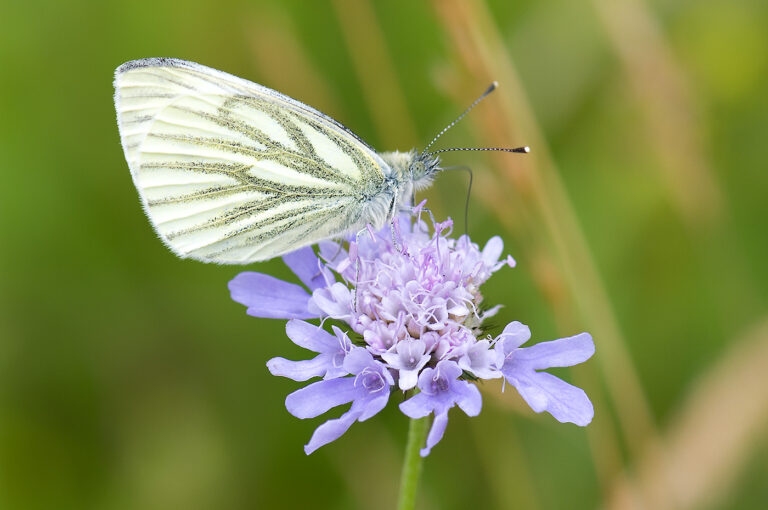
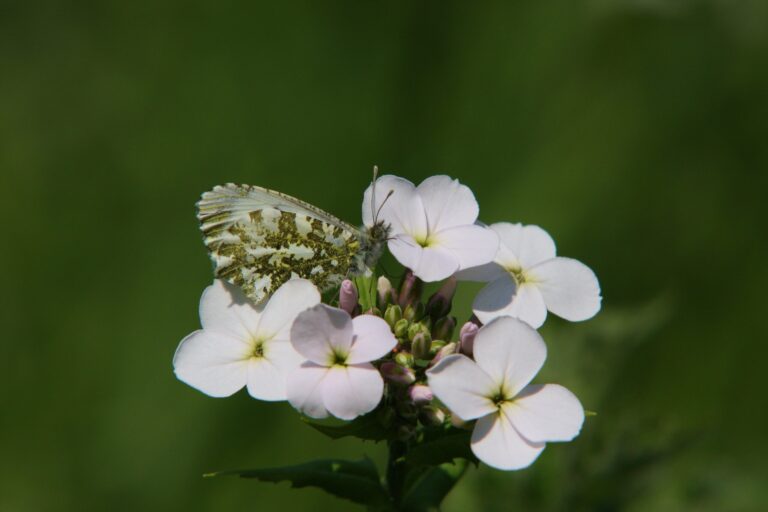
2.Upperside of forewing tips
- Extensive black marking continuing down the outer edge of the wing: Large White (image 3)
- Grey or black marks not extending down the outer edge of the wing: Small White (image 4)
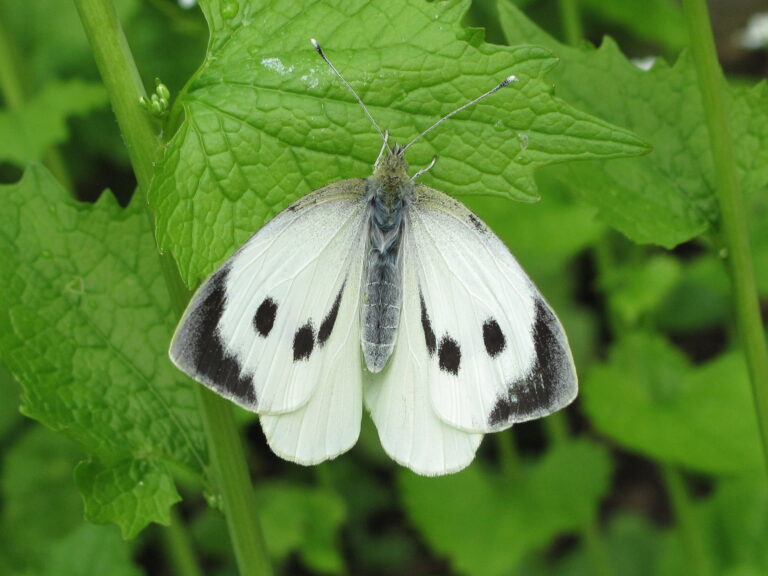
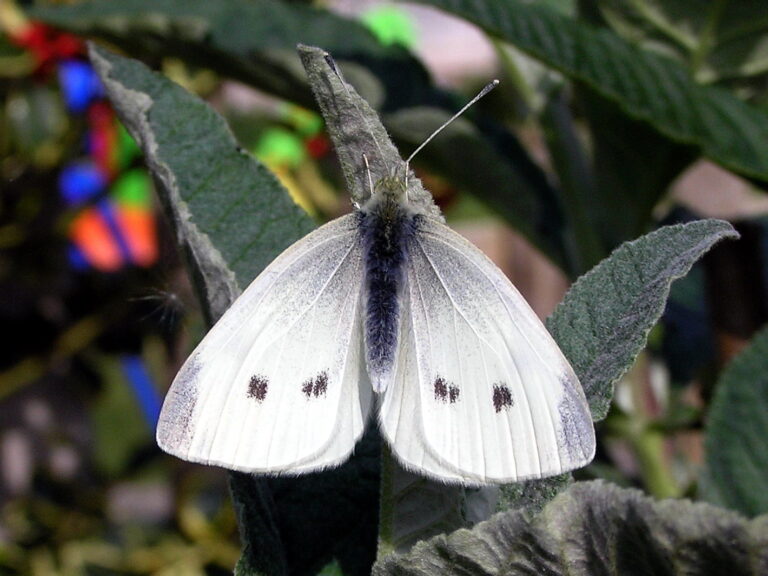
The male Orange-tip has distinctive orange markings on the tips of the forewings, visible both from above and below. The Orange-tip is one of the first UK species of butterfly to emerge from the overwintering pupa. In practice, adults of all four common ‘white’ butterflies have been seen in the early spring this year, given the very favourable weather and the warm weather of 2019 which favoured many species. You can read more here. https://butterfly-conservation.org/butterflies/first-butterfly-sightings-2020.
All four ‘white’ butterfly adults visit a range of flowers for nectar-feeding, but the females must choose the foodplant for their offspring. All will lay their eggs on a range of crucifers, but, whilst the Orange-tip and Green-veined White favour Cuckooflower and Garlic Mustard, the Small White and Large White have a preference for cultivated brassicas such as cabbages and are sometimes called ‘cabbage whites’.
If you see a ‘white’ butterfly, please send your record as we need more information about their distribution and abundance. There is a great App, iRecord Butterflies, that provides a guide to UK butterfly species, helps you identify and record species, and take part in surveys. Otherwise please submit your record online to ERIC http://www.ericnortheast.org.uk/.
An uncommon white butterfly
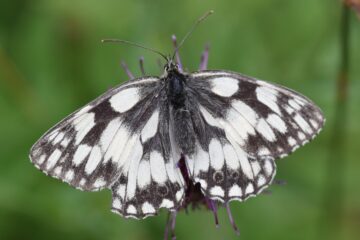
The Marbled White butterfly is not from the ‘white’ family but is a ‘brown’. It is found in southern and central England, and as far north as Yorkshire, but is expanding its range northwards. A colony at Wingate Quarry LNR in Co. Durham is a result of a licensed experiment looking at how butterflies manage to move to suitable sites.
By Gordon Port, NHSN Invertebrate Section Lead